
MONTANA |
VIDIN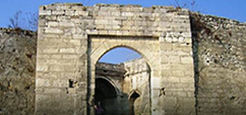 |
DOLJ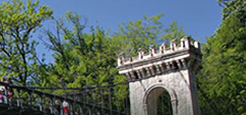 |
Interactive map |
| CULTURAL-HISTORICAL RESOURCES | CULTURE AND RELIGION | FOLKLORE, CRAFTS AND TRADITIONS | EVENTS | TOUR PACKAGES |
Albutin rock monastery, Municipality of Vidin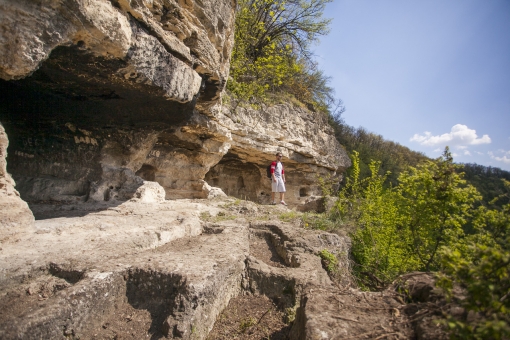
Albutin rock monastery is declared monument of culture in „State gazette” № 221 from 28.12.1927 and in №100 from 26.12.1969. Albutin rock monastery (also Albutin monastery) is a non- operational medieval rock monastery on the territory of the vicarage of Kula, within Vidin diocese, located in the "Albotina" (old named "Hajduk fountain") along the river Topolovets between the villages Topolovets, Gradec and Rabrovo, close to the village and Deleyna. The monastery is situated high in the rock at the foot of which is spread wide meadow watered by the beautiful fountain, which was formerly used for fruit and vegetable garden of the monastery, but on the opposite side of it are Svarlishkite hills, where there are remnants of a medieval castle. It opens extraordinary scenic view. The name "Albotina" comes from the lost village of the same name that is mentioned in abbreviated register of Vidin "kaaza" of 1560 with the amended form "Altovin". In the rock massif on the north side of the river was built monastery, as natural caves and rock shelters being used and additionally were carved rooms and upgraded exterior facades and walls. This is the only monastery in Vidin, which in its entirety – the temple, bell tower and housing (three in number) of the monks (with a large hallway in front of them) is chiseled into the rock. Even today, these rooms are preserved weak remnants of religious paintings of various saints with Slavic inscriptions. Albotin monastery was operational in 14th c, for which are preserved evidenced by the fragments of wall paintings and inscriptions and ornaments (earrings, ear, bracelets), found in 29 discovered Christian graves. The large number of funerals of laymen along with the clergy indicates that the monastery was revered and desired resting place of its donors. Among the meager historical data and reference stands the already disappeared village Altovin in the Register of Vidin kaaza of 1560. Its own church paintings and the rooms themselves that are too similar to the rock monasteries and cells around the medieval towns of Cherven, Varna (Aladza monastery) and Ovech (today Provadiia) also unmistakably correspond to the second half of 13th c or early 14th centuries. This is affirmed by the meager inscriptions and paintings in its temple. Such monasteries were the work of Bulgarian Hesychasts, teachers who were the two prominent ascetics of that time Teodosi Turnovski and Romil Bdinski, students of the even more notable ascetic and writer Gregory Sinant - founder of the Parorian monastery by the funds of Tsar Ivan Alexander in Paroria (in the Sakar Mountain, south of Kazalgach). Opposite to the monastery again and in the rock are the cell that was used for ascetic of the same monastery, like the cavernous cells in Tarnov, Cherven and Provadia. It is not known the name of the monastery church, but it is assumed that it was dedicated to the Resurrection of Christ, for the continued existence to the present day tradition on the second day of Easter at the foot of the monastery to make councils and to wind horos (chain dances) for the Remembrance the dead. The custom is much revered by the Wallachians that come with the portraits of their deceased relatives and hang them on the branches of a venerable tree on the lawn below the monastery. Each of the chain-dance (horo) that is played until noon, is meant for a separate dead man, and in the afternoon is played chain-dance (horo) for the living people. Bulgarians and Wallachians pick dewies and distribute stalk for each died man. The monastery complex and the whole area are easily accessible. Unfortunately, it favored the complex to be subjected to relentless destruction. In more recent times, from soft rock are mined stones, looters have dug large holes, inflicting irreparable damages, cattlemen used it in the summer for their cattle. All this contributed to the almost complete destruction, and the restoration of the monastery would be a difficult process. To the monastery one can reach on a steep narrow road. Its parts are chain-situated, for which has helped both its terraced location, and the extremely soft rock. Each room had an exit to the terrace, once covered with unifying porch, hanging like a nest above the river. The complex is built in the limestone massif on the north side of the river at a height of about 25 meters, as there were used shallow natural caves and rock shelters, and additional rooms and carved niches with religious and domestic functions. The complex consists of eight premises, as the monastery church is situated in the middle sector, in the most concave part of the curve of the rock massif. It is a three-nave, oriented according the canon from west to the east, as the south and south-western parts are completely destroyed. The presence of a baptistery shows that the temple served not only to monastic prayers, but for public worship also. Northwestern part of the monastery was a two-storey. There is also the second largest hall after the church, and it is assumed that it served as a dining room. This is the place where the spiritual fathers welcomed the pilgrims, the guests of the monastery, rendered them traditional monastic hospitality after their exhausting way and talked with them, taught them in faith. On the western side are the other rooms of the monastery - monastic cells, a kitchen, cellar storage. Visible are also two carved water cisterns. East of the church there are other rooms. One larger and following it consecutive situated multiple cells, with impressive frugality and practicality. A very important part of the monastery was the natural terrace in front of his premises. It is significantly changed by the quarry-men that destroyed much of it, destroying and facades. Here are the aforementioned uncovered graves and according their situation it is assumed that the graves are of sophisticated persons with family ties, donors and decorators the monastery. The single and the dispersed ones were of the members of the monastery brotherhood. The name of the monastery temple is unknown. Currently Albotin rock monastery is non operational, its state is very poor, it is desolate and the access to it is free. To the Albotin rock monastery, or more precisely to the foot of the rock where it is carved, can be reached by car from the town of Vidin or from town of Kula. To the monastery itself is reached by a steep, narrow sandy path, in which base was built "Hajduk fountain”.
|
MOST VISITED
PUBLICATIONS
TOURIST INFORMATION
Where to sleep
Where to eat
Transportation
Recent archaeological excavations, research, restoration
Links
|
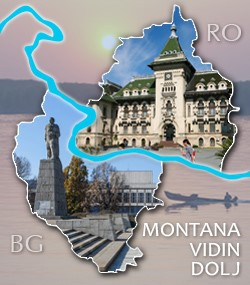
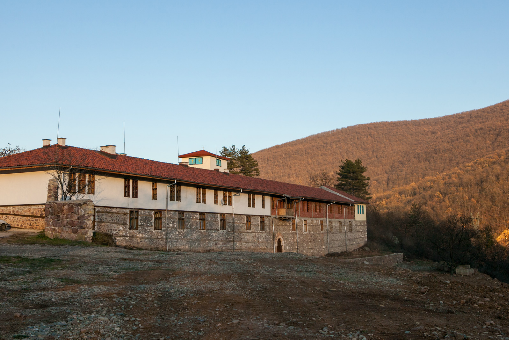
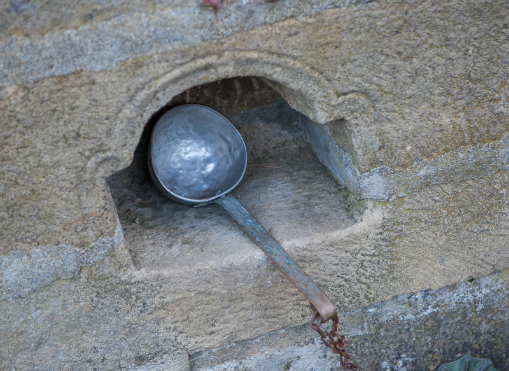
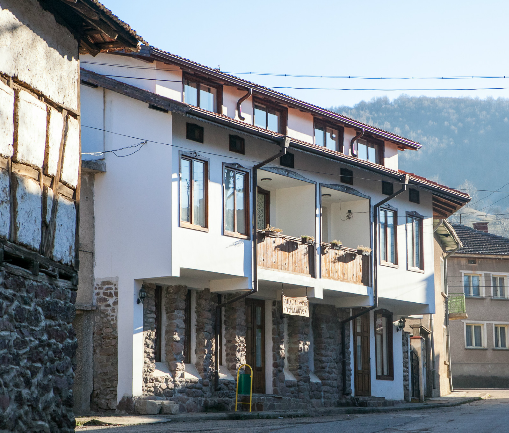

 Google Play
Google Play App Store
App Store 
